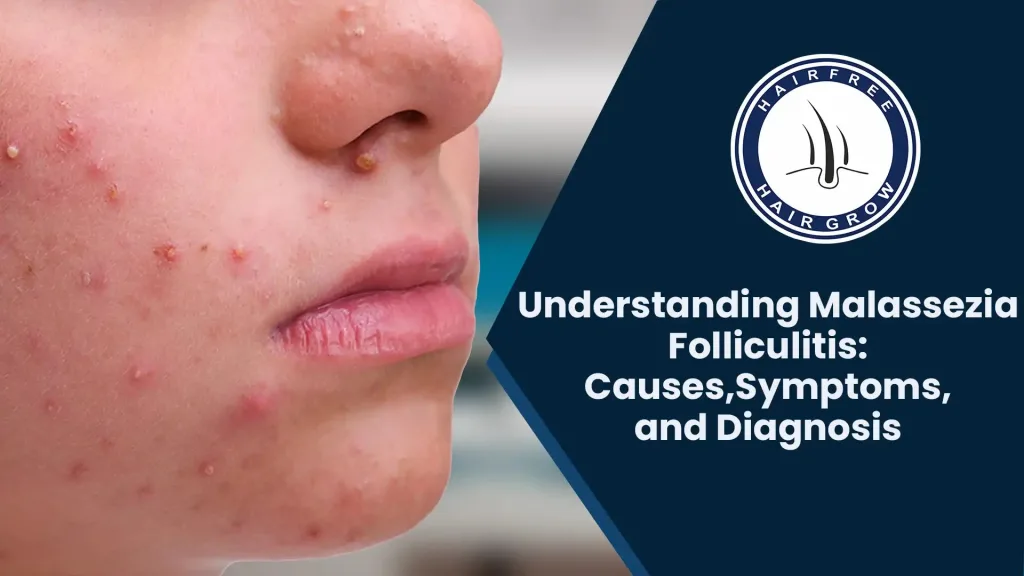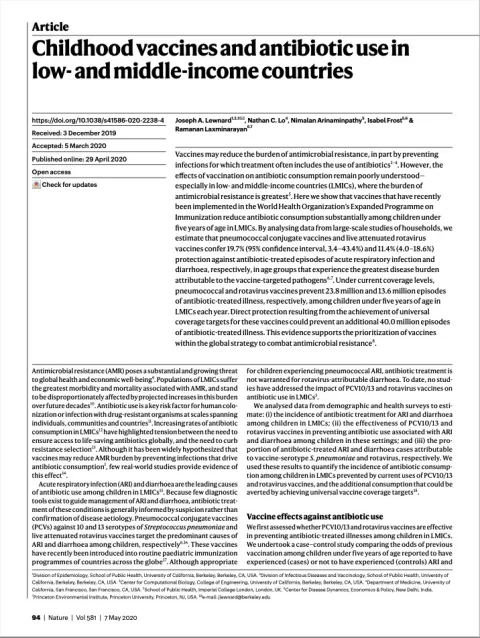Malassezia, a genus of lipophilic yeasts, plays a significant role in various Malassezia skin infections that affect countless individuals worldwide. This unique group of fungi is not only a normal resident of our skin but also a contributing factor to several skin diseases, including seborrheic dermatitis and atopic dermatitis. Understanding Malassezia is essential for effective treatments, as its presence can lead to conditions like dandruff and folliculitis. With the rise of fungal skin infections, awareness and knowledge about Malassezia treatments are more critical than ever. As we delve deeper into this topic, we’ll explore the complexities of Malassezia dermatitis and its impact on skin health.
The study of Malassezia can also be approached by using alternative terminologies that describe its involvement in skin health. This genus, consisting of various lipophilic yeasts, is linked to multiple forms of skin ailments due to its prevalence on human skin. Conditions stemming from Malassezia include fungal infections that manifest in various ways, such as dandruff and seborrheic dermatitis. These yeast organisms thrive in oily environments and can become problematic when they proliferate excessively. By exploring the taxonomy and implications of this genus, we can better understand the underlying mechanisms of skin diseases associated with these fungi.
Understanding Malassezia: The Yeast Behind Skin Infections
Malassezia is a genus of yeasts that are commonly found on the skin of humans and animals. These fungi play a significant role in the human microbiota, contributing to the balance of our skin environment. However, certain species of Malassezia can cause a range of skin infections and diseases, leading to conditions like seborrheic dermatitis and pityriasis versicolor. Understanding Malassezia and its impact on skin health is essential for effective treatment and management of these fungal skin infections.
The lipophilic nature of Malassezia species means that they thrive in areas rich in sebaceous glands, which can lead to an overgrowth under specific conditions. Factors such as hormonal changes, environmental factors, and compromised immune function can trigger an imbalance in this yeast population, resulting in Malassezia dermatitis and other related conditions. Early diagnosis and appropriate treatment are crucial to managing these infections effectively.
Common Malassezia Skin Diseases and Their Symptoms
Malassezia is implicated in various skin diseases, with symptoms that often overlap, making diagnosis challenging. For instance, seborrheic dermatitis presents as red, scaly patches primarily on oily areas of the body, such as the scalp and face, while pityriasis versicolor causes lighter or darker patches on the skin that may be itchy. These conditions can significantly affect an individual’s quality of life and may require specialized Malassezia treatments to restore skin health.
Other skin diseases linked to Malassezia include folliculitis, characterized by inflamed hair follicles, and atopic dermatitis, an eczema variant that can flare when the skin’s barrier is compromised. Recognizing the distinct symptoms of these Malassezia skin diseases is vital for clinicians to prescribe targeted fungal treatments and alleviate discomfort while minimizing the chances of recurrence.
Effective Treatments for Malassezia-Related Skin Infections
Treating Malassezia-related skin infections typically involves antifungal medications that specifically target the yeast’s activity on the skin. Common treatments include topical antifungals such as ketoconazole and clotrimazole, which help to reduce yeast levels and alleviate symptoms. In more severe cases, oral antifungal medications may be required to address widespread infections effectively.
In addition to pharmaceutical interventions, lifestyle changes can also play a crucial role in managing Malassezia infections. This may include proper skincare routines that prioritize gentle cleansing and the use of antifungal shampoos to prevent dandruff-related conditions. Understanding the importance of maintaining the skin’s microbiota balance can lead to more effective and long-lasting results in treating Malassezia skin diseases.
The Role of Malassezia in Dandruff and Seborrheic Dermatitis
Dandruff is often perceived simply as a cosmetic issue, but it is primarily caused by an overgrowth of Malassezia on the scalp. This yeast thrives on the oils produced by the scalp, and when it proliferates excessively, it can lead to flaking and irritation, characteristic of dandruff. Seborrheic dermatitis, a more severe inflammation, manifests as red, scaly patches and can affect other oily areas of the body.
Addressing dandruff and seborrheic dermatitis involves understanding the Malassezia connection. Treatment options often include medicated shampoos containing zinc pyrithione or selenium sulfide, both of which effectively reduce Malassezia levels. Regular use of these products can help manage symptoms and restore scalp health, highlighting the importance of targeted therapies in combating these prevalent fungal skin infections.
Historical Insights into Malassezia Identification and Research
The discovery of Malassezia dates back to the 19th century when French histologist Louis-Charles Malassez first isolated the yeast from human dandruff in 1874. His findings laid the groundwork for understanding the role of these fungi in skin health, paving the way for subsequent research into their classification and the range of skin diseases they can cause. Initial classification controversies have now settled, allowing for a clearer understanding of the pathogenic potential of various Malassezia species.
Further elucidation of Malassezia’s impact on skin diseases has emerged thanks to advancements in microscopy and molecular techniques. These innovations have helped researchers understand the complex interplay between Malassezia and other skin microbiota, ultimately leading to more effective treatment strategies for managing Malassezia-related conditions. This historical perspective underscores the significance of Malassezia in dermatological research and practice.
Recognizing the Symptoms of Malassezia Dermatitis
Malassezia dermatitis can present with various symptoms, often misleading those unfamiliar with its manifestations. Common signs include redness, itching, and scaling on oily areas of the skin, primarily affecting the scalp, face, and chest. In some cases, this allergic reaction to the yeast’s metabolic byproducts can lead to significant discomfort, making it essential for individuals to identify these symptoms early and seek appropriate medical advice.
Those experiencing recurrent skin issues may find it helpful to monitor flare-ups in relation to environmental factors or skincare products, as certain ingredients can exacerbate Malassezia dermatitis. Dermatologists often emphasize the importance of understanding one’s unique skin conditions to tailor treatment plans that effectively address Malassezia-related symptoms and reduce the risk of future outbreaks.
Prevention Strategies for Malassezia Skin Infections
Preventing Malassezia skin infections revolves around maintaining a balance in the skin’s microbiota. Individuals can take proactive steps, such as encouraging a healthy skin environment through regular cleansing and moisturizing, to reduce the risk of overgrowth. Avoiding heavy or greasy products that can contribute to clogged pores is also crucial, particularly for those prone to seborrheic dermatitis.
Additionally, using antifungal shampoos or treatment options can help mitigate any potential flare-ups before they occur. Awareness of personal triggers, such as stress or dietary habits, can also aid in prevention strategies. By implementing these proactive measures, individuals can significantly lower their chances of developing Malassezia-related skin conditions.
Research Advances in Malassezia Understanding
Ongoing research into Malassezia continues to unveil new insights into its role in skin health and disease. Recent studies have focused on the molecular mechanisms underlying Malassezia infections, which may lead to innovative treatment options that are more effective and targeted compared to conventional antifungal therapies. Understanding how Malassezia interacts with the immune system and other skin microbiota is critical for developing comprehensive management strategies.
Additionally, as the understanding of fungal skin infections expands, new Malassezia species may emerge. Researchers are exploring the diversity within the Malassezia genus and their varying pathogenic potentials, which can influence treatment approaches. This focus on research encourages greater awareness and improved preventative measures against the diverse range of conditions linked to this ubiquitous yeast.
The Significance of Microbiome in Malassezia Management
The skin microbiome plays a vital role in controlling Malassezia populations and preventing harmful overgrowth. An imbalance in the skin microbiota can lead to increased susceptibility to infections and a cascade of skin diseases associated with Malassezia, such as dandruff and foliculitis. Therefore, maintaining a healthy microbiome is essential for overall skin integrity and well-being.
Recent advancements in probiotic and prebiotic research are providing exciting possibilities for managing Malassezia-related infections. By promoting healthy skin bacteria through the use of specific formulations, it may be possible to create an environment less conducive to Malassezia overgrowth. Such innovative approaches could offer new avenues for prevention and treatment, fundamentally changing how we approach these common fungal conditions.
Frequently Asked Questions
What are the common Malassezia skin infections?
Common Malassezia skin infections include seborrheic dermatitis, candidiasis, and folliculitis. These infections are often characterized by oily, flaky skin and can affect various regions such as the scalp, face, and upper body.
What are the most effective Malassezia treatments?
Effective Malassezia treatments typically include antifungal medications such as ketoconazole and selenium sulfide. These treatments help to reduce fungal growth and alleviate symptoms associated with Malassezia skin diseases.
How is Malassezia dermatitis diagnosed?
Malassezia dermatitis is diagnosed through clinical examination and often involves identifying the characteristic symptoms, such as scaling and inflammation. In some cases, a skin scraping may be analyzed under a microscope to confirm the presence of Malassezia yeasts.
What causes fungal skin infections related to Malassezia?
Fungal skin infections related to Malassezia are often caused by an overgrowth of this yeast on the skin, usually triggered by factors like excessive oil production, hormonal changes, or a weakened immune system.
Can Malassezia infections recur after treatment?
Yes, Malassezia infections can recur after treatment due to the yeast’s natural presence on the skin. Maintaining proper skin hygiene and using preventive antifungal products can help mitigate recurrence.
What are the symptoms of Malassezia skin diseases?
Symptoms of Malassezia skin diseases often include redness, itching, scaling, and flaking of the skin. Seborrheic dermatitis, for instance, may manifest as greasy scales on the scalp or face.
How does Malassezia relate to dandruff?
Malassezia has been identified as a significant factor in dandruff formation due to its ability to break down scalp oils, leading to irritation and the characteristic flaking associated with dandruff.
Are there any natural remedies for Malassezia skin infections?
Some natural remedies for Malassezia skin infections may include tea tree oil and aloe vera, both of which have antifungal properties. However, it’s essential to consult a healthcare professional before trying these remedies.
What lifestyle changes can help manage Malassezia dermatitis?
Managing Malassezia dermatitis may involve lifestyle changes such as reducing stress, maintaining a healthy diet, avoiding oily skin products, and incorporating regular dandruff shampoos into your routine.
Is there a link between Malassezia and atopic dermatitis?
Yes, studies suggest a link between Malassezia and atopic dermatitis. The presence of Malassezia can exacerbate symptoms of atopic dermatitis, leading to increased inflammation and discomfort.
| Key Point | Details |
|---|---|
| Overview | Malassezia is a genus of basidiomycetous yeasts with 18 validly published species. |
| Lipophilic Nature | These organisms are considered strictly lipophilic, meaning they require fats for growth. |
| Normal Microbiota | Malassezia species are part of the normal cutaneous microbiota in humans and animals. |
| Associated Skin Diseases | Linked to conditions such as pityriasis versicolor, folliculitis, seborrheic dermatitis, dandruff, atopic dermatitis, and psoriasis. |
| Historical Background | First isolated by Louis-Charles Malassez in 1874 from dandruff scales; originally classified as Pityrosporum. |
| Taxonomic Classification | Renamed to Malassezia in 1984, honoring Malassez for his contributions. |
Summary
Malassezia is a genus of yeasts that play a significant role in human skin health and disease. Understanding Malassezia’s nature, historical significance, and its association with various dermatological conditions is crucial for effective treatment and management. The recognition of its lipophilic requirements enhances awareness of its implications in skin disorders such as seborrheic dermatitis and atopic dermatitis. Given its prevalent presence as part of the microbiota, further research on Malassezia could lead to improved therapeutic strategies.
The content provided on this blog (e.g., symptom descriptions, health tips, or general advice) is for informational purposes only and is not a substitute for professional medical advice, diagnosis, or treatment. Always seek the guidance of your physician or other qualified healthcare provider with any questions you may have regarding a medical condition. Never disregard professional medical advice or delay seeking it because of something you have read on this website. If you believe you may have a medical emergency, call your doctor or emergency services immediately. Reliance on any information provided by this blog is solely at your own risk.








